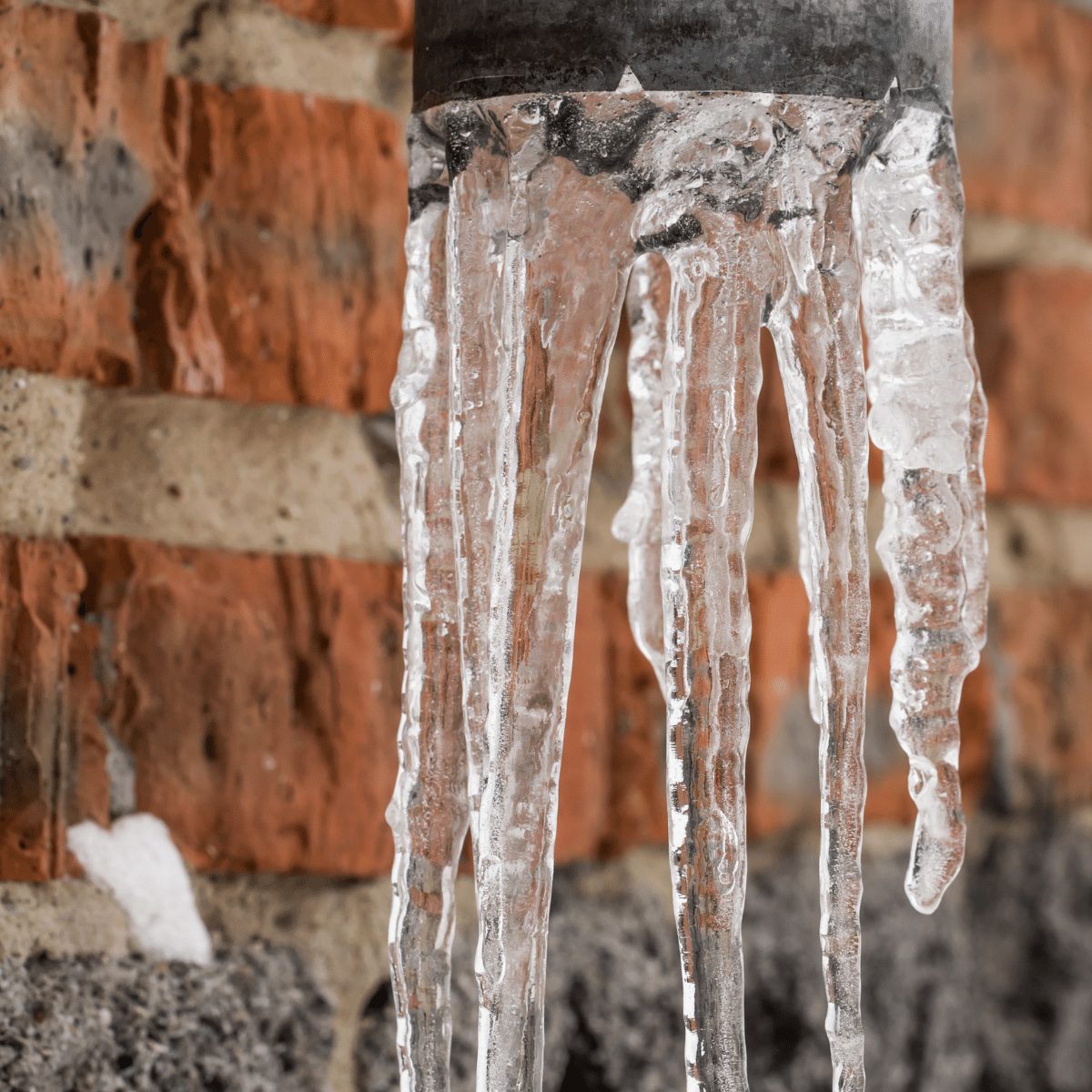How to Defend Your Pipes from Cold Weather: Professional Guidance
How to Defend Your Pipes from Cold Weather: Professional Guidance
Blog Article
Every person maintains their personal perception on the subject of How to prepare your home plumbing for winter weather.

Winter can ruin your pipes, especially by freezing pipes. Here's exactly how to avoid it from occurring and what to do if it does.
Introduction
As temperature levels decline, the danger of frozen pipelines boosts, possibly bring about expensive fixings and water damage. Understanding just how to avoid icy pipelines is critical for home owners in cool environments.
Recognizing Icy Pipes
What triggers pipes to ice up?
Pipelines ice up when revealed to temperature levels listed below 32 ° F (0 ° C) for expanded durations. As water inside the pipes freezes, it expands, putting pressure on the pipeline walls and potentially creating them to break.
Threats and problems
Icy pipes can cause water disturbances, residential or commercial property damage, and pricey repair services. Ruptured pipelines can flood homes and create considerable architectural damage.
Signs of Frozen Piping
Identifying frozen pipelines early can stop them from rupturing.
How to identify frozen pipes
Look for decreased water circulation from faucets, uncommon odors or noises from pipelines, and visible frost on subjected pipes.
Prevention Tips
Insulating vulnerable pipes
Cover pipes in insulation sleeves or use warmth tape to protect them from freezing temperature levels. Focus on pipelines in unheated or external areas of the home.
Heating techniques
Keep interior areas adequately warmed, specifically locations with pipes. Open up cupboard doors to enable warm air to flow around pipelines under sinks.
Shielding Outdoor Plumbing
Yard pipes and outside taps
Separate and drain garden tubes before winter. Set up frost-proof spigots or cover outdoor taps with insulated caps.
What to Do If Your Pipelines Freeze
Immediate activities to take
If you presume icy pipes, keep taps available to alleviate pressure as the ice thaws. Use a hairdryer or towels soaked in hot water to thaw pipelines slowly.
Long-Term Solutions
Architectural changes
Consider rerouting pipelines away from exterior walls or unheated locations. Include added insulation to attic rooms, cellars, and crawl spaces.
Upgrading insulation
Invest in high-quality insulation for pipelines, attic rooms, and walls. Appropriate insulation assists maintain regular temperatures and lowers the danger of frozen pipelines.
Final thought
Avoiding icy pipes needs proactive actions and quick reactions. By understanding the reasons, indications, and preventive measures, house owners can safeguard their pipes throughout cold weather.
6 Proven Ways to Prevent Frozen Pipes and Protect Your Home
Disconnect and Drain Garden Hoses
Before winter arrives, start by disconnecting your garden hoses and draining any remaining water. Close the shut-off valves that supply outdoor hose bibs and leave the outdoor faucet open to allow any residual water to drain. For extra protection, consider using faucet covers throughout the colder months. It’s also important to drain water from any sprinkler supply lines following the manufacturer’s directions.
Insulate Exposed Pipes
Insulating your pipes is an effective way to prevent freezing. Pipe insulation is readily available at home improvement stores and is relatively inexpensive. Pay close attention to pipes in unheated areas such as the attic, basement, crawl spaces, or garage. Apply foam insulation generously to create a buffer against the cold. You can also wrap your pipes in heat tape or thermostat-controlled heat cables for added warmth.
Seal Air Leaks
Inspect your home for any cracks or openings that could let in cold air. Seal any holes around the piping in interior or exterior walls, as well as the sill plates where your home rests on its foundation. Additionally, make sure to keep your garage door closed unless you’re entering or exiting. Leaving it open creates a significant air leak that can lead to frozen pipes.
Allow Warm Air Circulation
During cold snaps, it’s essential to allow warm air to circulate evenly throughout your home. Leave interior doors ajar to promote better airflow. Open kitchen and bathroom cabinets to help distribute heat consistently around the rooms. If you have small children or pets, be sure to remove any household chemicals or potentially harmful cleaners from open cabinets for safety.
Let Faucets Drip
A small trickle of water can make a big difference in preventing ice formation inside your pipes. When temperatures drop significantly, start a drip of water from all faucets served by exposed pipes. This continuous flow helps prevent the water from freezing. Additionally, running a few faucets slightly can relieve pressure inside the pipes, reducing the chances of a rupture if the water inside does freeze.
https://choateshvac.com/6-proven-ways-to-prevent-frozen-pipes-and-protect-your-home/

Do you enjoy reading about 6 Ways to Prevent Frozen Pipes? Leave feedback further down. We'd be delighted to listen to your responses about this post. We are looking forward that you come back again before long. Are you aware of another individual who is interested in the niche? Do not hesitate to promote it. Thanks a lot for your time spent reading it.
Visit My Site Report this page